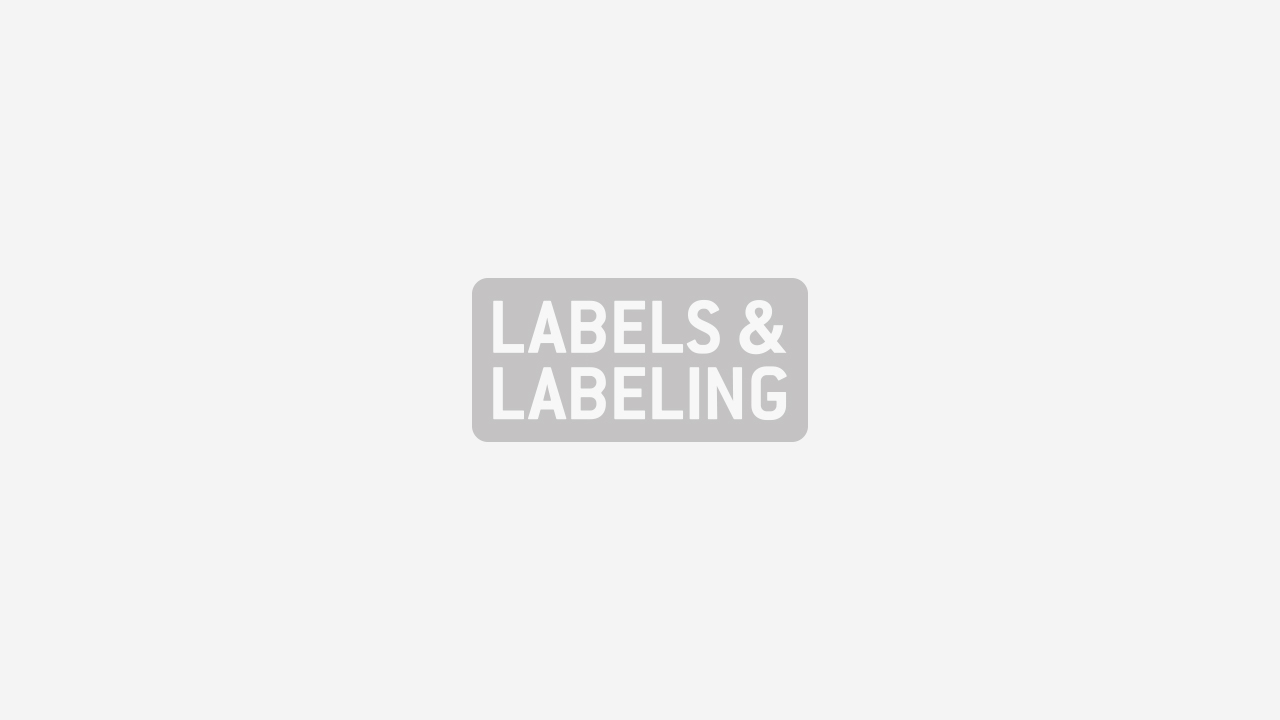Positive signs in Latin America

Labelexpo Americas 2012 saw a 25 percent increase in Latin America visitors, while AWA’s annual report shows the local label market is showing strong growth. James Quirk reports
Labelexpo shows are an effective barometer of the state of the label market. In Chicago in 2012, a 25 percent surge in visitors from Latin America was further proof of the increasing purchasing power and technological advancement of the region’s label converters.
Their presence was more keenly felt than in any previous Labelexpo exhibition, with the leading machinery manufacturers waxing lyrical about the increased numbers, particularly from Mexico, Colombia and Peru.
Mexico sent the largest delegation of label converters to Labelexpo this year, with a 20 percent rise from two years ago. Brazil was next, sending the same number as in 2010. Colombia, in third, saw its attendance leap by 75 percent, while fourth-placed Argentina had a 21 percent rise. Peru saw visitor numbers increase by a whopping two and a half times; Venezuela and Chile had rises of 30 percent and 20 percent respectively.
As reflected in the increased number of Latin American attendees as Labelexpo, the region’s label industry growth continues apace. AWA’s recent analysis of the South American market estimated regional label volume growth to be nearly 12 percent in 2011 – a similar figure to China, and three percent more than India.
The industry consultant – in its report “Labeling Markets: South American Market Study & Sourcebook 2012” – says that the glue-applied technologies currently take the largest market share, 65 percent, across the region. The technology is forecast to continue to deliver healthy growth in the medium term.
With less than half the overall volumes of glue-applied labels, pressure-sensitive labels enjoy only a 26 percent overall market share in South America, states the report. However, the market continues to invest in narrow web flexo and, particularly, UV flexo, supported by the global press manufacturers such as Mark Andy, Nilpeter, MPS, Omet and Gallus.
There is also growing interest in digital printing; Xeikon, with its increased local presence, has reported a number of installations in the region in the last 12 months, while HP Indigo Mexico’s Ricardo Rodriguez tells Labels & Labeling that Latin America represents the fastest-growing market globally for the company’s digital label and packaging presses.
Opportunities in pressure-sensitive labels exist in particular in the area of added functionalities, AWA’s report suggests, especially security labels using anti-counterfeiting devices, and clear-on-clear film labels for beverages.
Sleeving technologies have so far achieved only three percent market penetration, but are growing rapidly.
In-mold labeling – with its greater demands on machinery infrastructure – is still in its relative infancy but, following strong investment in 2011, is forecast to grow considerably in the medium term.
The majority of South American labels are manufactured using paper facestock. However, there are wide variations in the use of paper and film/other materials by label format.
Sleeve labels are entirely dedicated to film materials; pressure-sensitive labels are dominated by paper; and glue-applied labels – because of the influence of film wrap-around labels – use a combination of film and paper.
Overall, the use of film in label formats is increasing at a faster rate than paper materials, not only in pressure-sensitive primary product labeling, but also in hotmelt wrap-around glue-applied labels, sleeve labels and in in-mold labels.
Brazil’s vibrant economy makes it the dominant label consumer in the region, with an estimated 50 percent of the market, followed by Argentina with 18 percent, and Colombia and Chile with 10 percent and nine percent respectively. Label usage is very much focused on prime label applications – particularly and unsurprisingly in the beverage and food sectors. Shelf ‘stand-out’ is a major consideration in label design and print in a growing consumer-focused environment with increased spending power, and with the world’s major retail chains – such as Walmart, Carrefour, Tesco and Metro – developing a presence.
Promotional labels take a larger role in South America than in many other regional markets, representing five percent of total label usage. They are heavily used to make special offers or present discounts by direct attachment to the product, and are often targeted at specific age groups or followers of events, such as the upcoming FIFA World Cup (2014) and Olympic Games (2016), both scheduled to take place in Brazil and representing major opportunities for promotional labeling across the region. Functional/security applications represent around two percent of the total South American label market, but this segment represents much of the higher-value-added and innovative labeling. It employs all the extant label technologies to a greater or lesser extent.
There can be no doubt that South America represents a dynamic economic region, offering potential in terms of an enormous domestic market – around six percent of the world’s population – and a huge opportunity for exporting manufactured goods. And it is a fact of life that manufactured goods require labels, so the dynamism of this growing economy certainly extends to the product identification and decoration technologies, across the entire value chain.
This article first appeared in the Labels & Labeling Yearbook 2013
Stay up to date
Subscribe to the free Label News newsletter and receive the latest content every week. We'll never share your email address.


